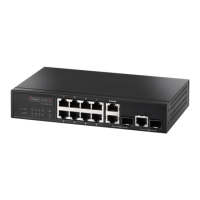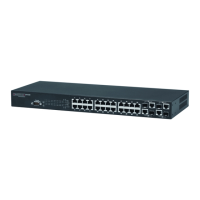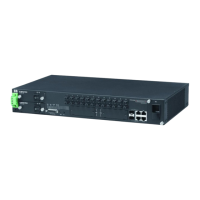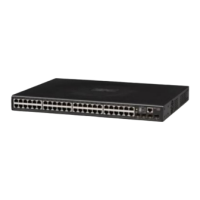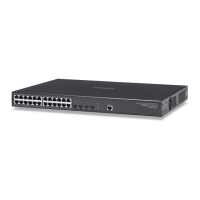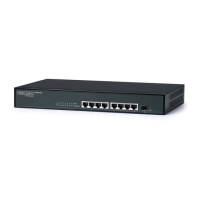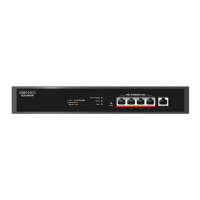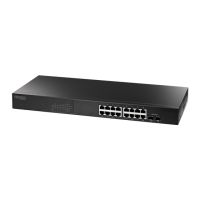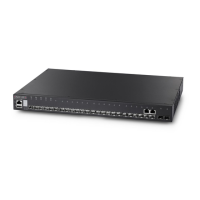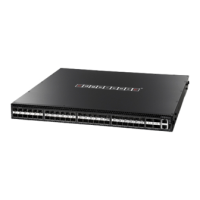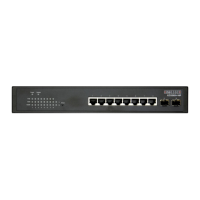C
HAPTER
16
| IP Configuration
Setting the Switch’s IP Address (IP Version 6)
– 429 –
Figure 258: Showing the IPv4 Address Configured for an Interface
SETTING THE SWITCH’S IP ADDRESS (IP VERSION 6)
This section describes how to configure an IPv6 interface for management
access over the network. This switch supports both IPv4 and IPv6, and can
be managed through either of these address types. For information on
configuring the switch with an IPv4 address, see "Setting the Switch’s IP
Address (IP Version 4)" on page 425.
COMMAND USAGE
IPv6 includes two distinct address types – link-local unicast and global
unicast. A link-local address makes the switch accessible over IPv6 for all
devices attached to the same local subnet. Management traffic using this
kind of address cannot be passed by any router outside of the subnet. A
link-local address is easy to set up, and may be useful for simple networks
or basic troubleshooting tasks. However, to connect to a larger network
with multiple segments, the switch must be configured with a global
unicast address. Both link-local and global unicast address types can either
be dynamically assigned (using the Configure Interface page) or manually
configured (using the Add IPv6 Address page).
CONFIGURING THE
IPV6 DEFAULT
GATEWAY
Use the IP > IPv6 Configuration (Configure Global) page to configure an
IPv6 default gateway for the switch.
CLI REFERENCES
◆ "ipv6 default-gateway" on page 1036
PARAMETERS
These parameters are displayed:
◆ Default Gateway – Sets the IPv6 address of the default next hop
router.
■
An IPv6 default gateway must be defined if the management station
is located in a different IPv6 segment.
■
An IPv6 default gateway can only be successfully set when a
network interface that directly connects to the gateway has been
configured on the switch.
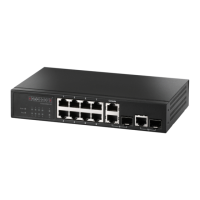
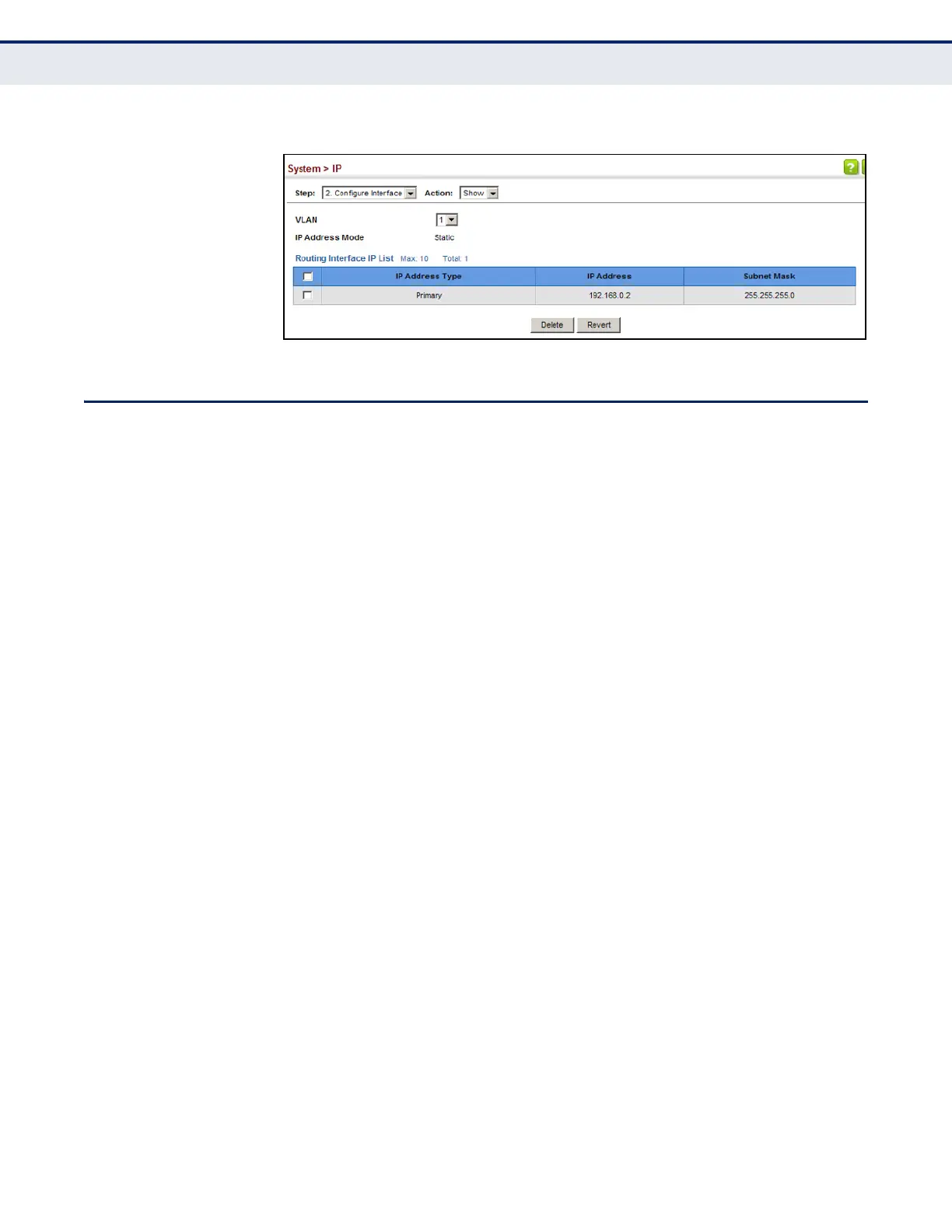